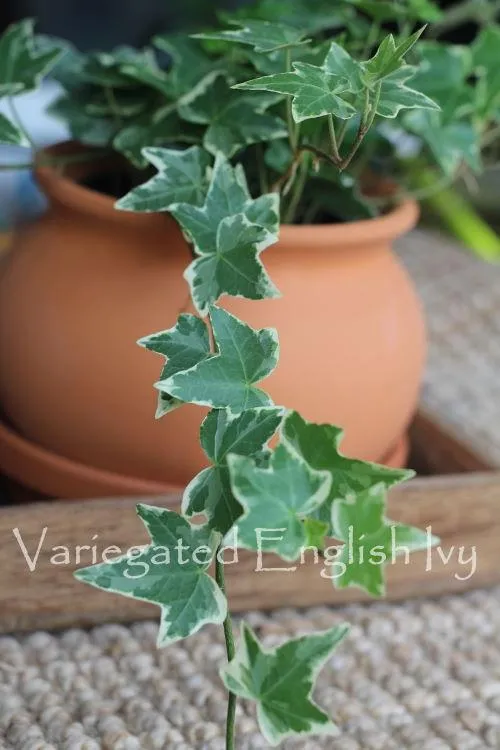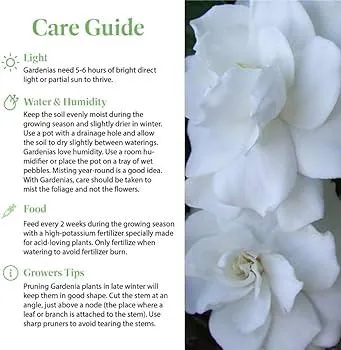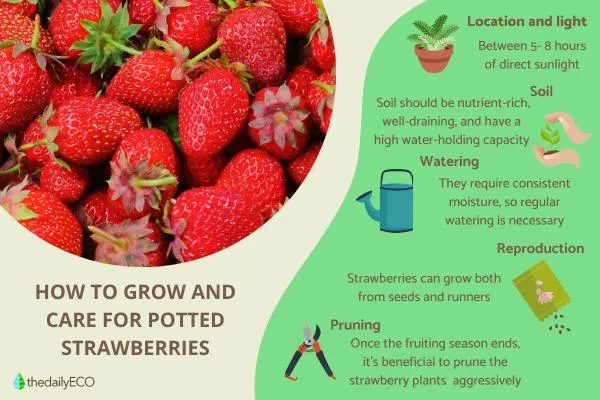A Comprehensive Guide to Caring for Your Ivy Plant
Ever wonder how to keep that gorgeous ivy trailing along your walls and hanging baskets looking lush and green? As someone who’s had my fair share of plant care fails and successes over the years, I’m here to share my top tips for caring for ivy so you can enjoy this versatile vine for seasons to come.
Getting to Know Ivy
To start, let’s talk basics. Ivy comes in several different varieties like English ivy, Swedish ivy, and Needlepoint ivy, but they all have one thing in common – they love to climb! Using tiny adhesive-like roots called hairs, ivy can scale almost any surface to reach sunlight. It grows via a process called negative geotropism, meaning its stems always grow upward instead of downward toward the earth. Pretty cool, right?
Light Requirements
When it comes to light, ivy is pretty versatile. It will thrive in a variety of lighting conditions from partial to full sun. However, if given a choice, ivy prefers bright, indirect sunlight. Too much hot afternoon sun can scorch its leaves, while low-light areas may cause leggy, sparse growth. So aim to position your ivy in a spot with bright Eastern or Northern exposure. And don’t forget – ivies growing up walls or fences will receive more shade than ones in open areas.
Watering Tips
As for water, ivy likes to stay consistently moist but not soggy wet. The number one cause of ivy decline in my experience is overwatering. During the growing season, water when the top few inches of soil starts to dry out. You can check this by sticking your finger in the soil. Be sure to water thoroughly until it drains freely from the drainage holes, then allow the soil to dry a bit before the next watering. Reduce watering in winter when the plant is semi-dormant.

Fertilizing Schedule
To keep ivy looking lush and climbing strong, fertilize monthly throughout spring and summer with either a balanced liquid houseplant fertilizer or a controlled-release granular fertilizer. I like to use organic options when possible to avoid chemicals. Be sure to follow label instructions on amounts so as not to burn the roots. Stop fertilizing by late summer to encourage the plant to prepare for winter.
Pruning Practices
Ivies can grow pretty wildly if left unchecked, so occasional pruning will keep them looking tidy and encourage fuller growth. Pinch off the tips of new vines to encourage branching and remove any dead or diseased leaves. You can also trim branches that are sprawling out of control any time. I like to use sharp pruners or scissors to get a clean cut. And that’s really all the pruning ivy needs. No severe hacking back required!
Repotting and Soil
Most ivy varieties are quite content growing in the same pot for years. But if you notice the roots circling around the drainage holes or the plant seems pot-bound and stagnant, it’s time for a repot. Go with a container just 1-2 inches larger and use a welldraining potting mix. I prefer a soilless organic blend for moisture retention without being soggy. Good drainage is key to avoid root rot, which ivies are susceptible to.
Pests and Diseases
The number one pest to watch out for with ivy is spider mites. The tiny spider-like critters can turn leaves yellow and damaged. Isolate the plant immediately if you spot webbing or mites and treat with neem or insecticidal soap. Mealybugs sometimes target ivies too. As for diseases, botrytis leaf spot may cause brown spots, while root rot thrives in wet soil conditions. Keep an eye out and address issues promptly. Prevention through good care is the best medicine.

Overwintering Indoors
If grown outdoors in cold climates, cut ivy back by about 1/3 and move pots to a protected, sunny spot for winter before frost. Indoors, find a bright spot away from drafts. Water just enough to keep the soil slightly moist. You can try trimming leggy growth to bush it out again next spring too. With lower light and minimal water, ivies will go semi-dormant over winter before rebounding in spring.
Propagation Methods
Want to get more ivies for free? There are a few easy propagation techniques. Take 4-6 inch cuttings in spring or summer, remove lower leaves, dip the ends in rooting hormone and plant in seedling mix. Mist regularly and roots should form within a few months. You can also layer stems – this basically involves burying a section of vine to root itself into new plant. Again, misting helps. Puppings or plantlets that form at leaf nodes or where leaves join stems can also be removed and potted.
I hope these care tips have given you a solid handle on how to keep your ivy looking fab! As long as you give it sunlight, water, food and occasional pruning and repotting, this tough vine will reward you with beautiful foliage and growth for years to come. Feel free to reach out if you have any other ivy questions!
Tips for Caring for Ivy Plants
| Light | Water | Soil | Pruning | Pot Size |
|---|---|---|---|---|
| Partial to full shade | Allow soil to dry out between waterings | Well-draining potting mix or soil | Trim as needed to control size and shape | Start with 4-6 inch pot and upsize as plant grows |
| Prefers bright, indirect light | Water thoroughly when top 1 inch of soil is dry | Needs nutrient-rich soil to thrive | Cut off leggy or thin vines to encourage new growth | Repot annually in spring in container with drainage holes |
| Tolerates low-light conditions | Do not overwater or allow pot to sit in water | Soil should be well-draining | Prune selectively to maintain shape or remove dead or diseased growth | Place in humid area for best growth |
FAQ
-
What kind of light does an ivy plant need?
Ivy plants do quite well in medium to low light. They can tolerate quite a bit of shade, however, they’ll grow best with indirect bright light for at least part of the day. Make sure it’s not sitting in total darkness.

-
How often should I water an ivy plant?
Water an ivy plant when the top of the soil becomes dry to the touch. This is generally once every 7-10 days. Be sure not to overwater it though, as wet soil can cause the leaves to yellow and drop off. At the same time, under-watering will also cause the leaves to drop. You want the soil to dry out somewhat between waterings.
-
Does an ivy plant need fertilizer?
During the main growing season from spring to fall, you’ll want to fertilize your ivy plant every 4-6 weeks. Choose a general houseplant fertilizer and follow the label directions for dilution. Don’t overdo it with the fertilizer though, as too much can damage the roots. You can basically skip fertilizing in the winter when growth is slower.
-
How do I prune an ivy plant?
Pruning an ivy plant helps control its size and shape. Cut stems back by about a third using clean pruning shears. This encourages bushier growth. You can snip off any non-active tips that aren’t putting out new leaves. Prune right after the plant flowers in the spring or early summer. On the other hand, avoid heavy pruning in fall or winter that could shock the plant.
-
Should I repot my ivy plant?
Most ivy plants can stay in the same pot for a couple years before needing repotting. Check if it’s time by seeing if the roots are growing out the drainage holes. Nevertheless, you may want to switch to a larger pot if the plant has outgrown its current container. Repot in fresh potting mix in the spring. Make sure to loosen any circling roots before placing in the new pot.

-
What kind of pests could affect an ivy plant?
A few common pests that may bother ivy plants include spider mites, mealybugs and scale insects. Spider mites can spun tiny webs on the leaves and suck out chlorophyll, leaving stippling. Mealybugs appear as fluffy masses and secrete honeydew. Scale look like tiny bumps stuck on and will suck sap from the leaves and stems. Regular inspection and appropriate treatment using insecticidal soap spray can help combat pests.
